Things That Only Happen in Spain When Summer Arrives
Friday, June 30, 2023
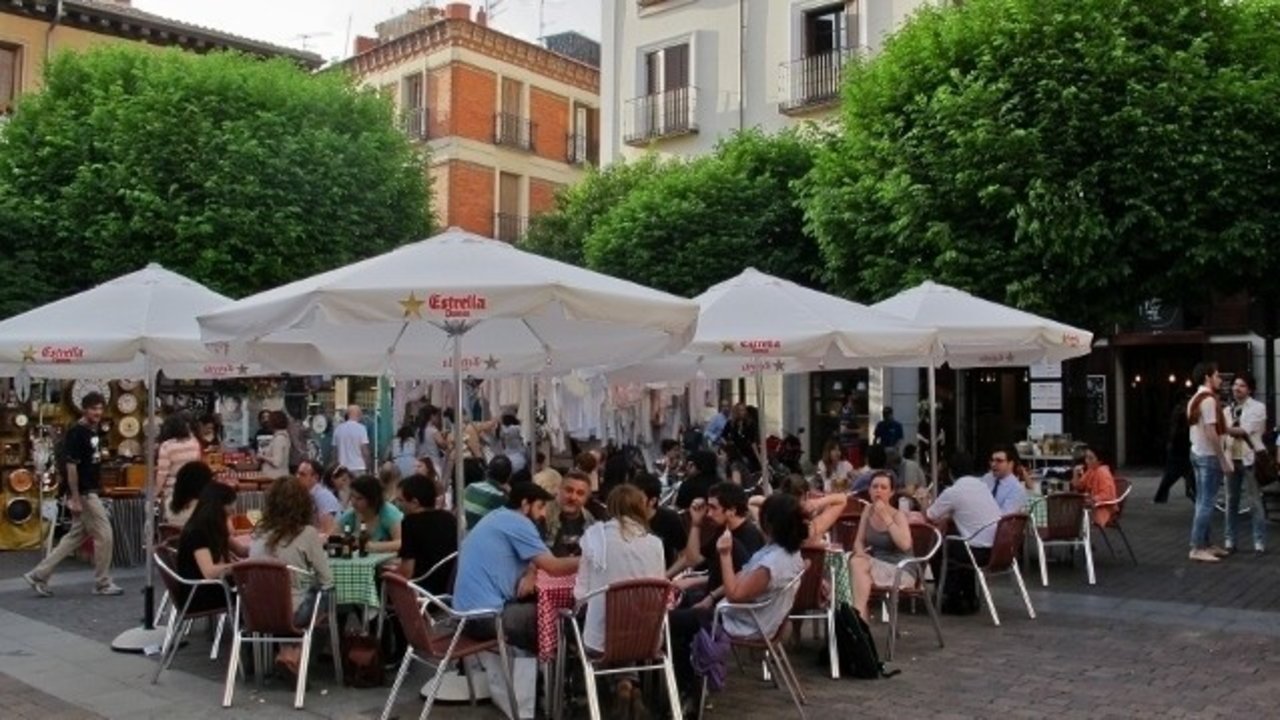
As the insistent Spanish sun begins to hang around longer each day, you know that summer is well and truly on its way. From neighborhood fiestas to siesta times, here are a few uniquely Spanish happenings that signal the arrival of the much-anticipated summer season.
A Symphony of Street Sounds
Spanish towns and cities get a remarkable soundtrack during the summer. As local councils begin to set up makeshift stages for countless concerts and theatrical performances, the melodious strains of flamenco, pop, or reggae become a familiar background noise. And it's not only about music. Listen carefully, and you might hear the sizzling of a distant barbeque or the clatter of castanets from an impromptu street performance.
The Great Migration to the Coast
Spain is blessed with an abundance of beautiful coastlines and when summer arrives, locals from the inland regions head to Spain's many playas to escape the rising temperatures. From the beautiful bays of the Costa Brava to the stunning beaches of the Costa de la Luz, expect to see a major influx of beachgoers armed with their coolers, sun shades, and floating inflatables.
Night Markets and Open Air Cinemas
With Mediterranean temperatures pleasant even after dark, summer in Spain offers the perfect opportunity for night markets and open-air cinemas. Lively street markets become a common sight, selling everything from handmade trinkets to delicious food. Similarly, you find locals and tourists gathered in public squares, watching films under the starlit sky—an iconic summer experience.
The Return of Terraza Culture
One of the mainstays of Spanish culture is the terraza, or outdoor seating area. As soon as summer arrives, terrazas seem to pop up everywhere, from city squares to seafront promenades. They quickly become social hubs, where people gather to enjoy a leisurely coffee, a tapas crawl, or simply to watch the world go by.
All-Night Fiestas
Finally, summer in Spain wouldn't be complete without the infamous all-night fiestas. Almost every city, town, and village hosts its own summer festival. Join the locals and let loose to energetic music, enjoy traditional parades, witness eye-catching fireworks, and even participate in peculiar rituals like tomato-throwing (La Tomatina) or running with the bulls (San Fermin).
Spain truly comes alive in summer, revealing an effervescent spirit that's infectious. Whether you are touring the metropolitan cities or idyllic coastal towns, you will indubitably come across and take part in these quintessentially Spanish experiences that make the country so enchanting during the sun-drenched season.
 3
Like
Published at 8:40 PM Comments (0)
3
Like
Published at 8:40 PM Comments (0)
The Most Unusual Beaches in Spain
Friday, June 23, 2023
Spain is known for its beautiful coastline, with stunning beaches that attract millions of tourists every year. However, there are some lesser-known and unusual beaches that are worth exploring. Here, we will take a look at some of the most unusual beaches in Spain that offer unique experiences and breathtaking landscapes.
1. Playa de Gulpiyuri, Asturias
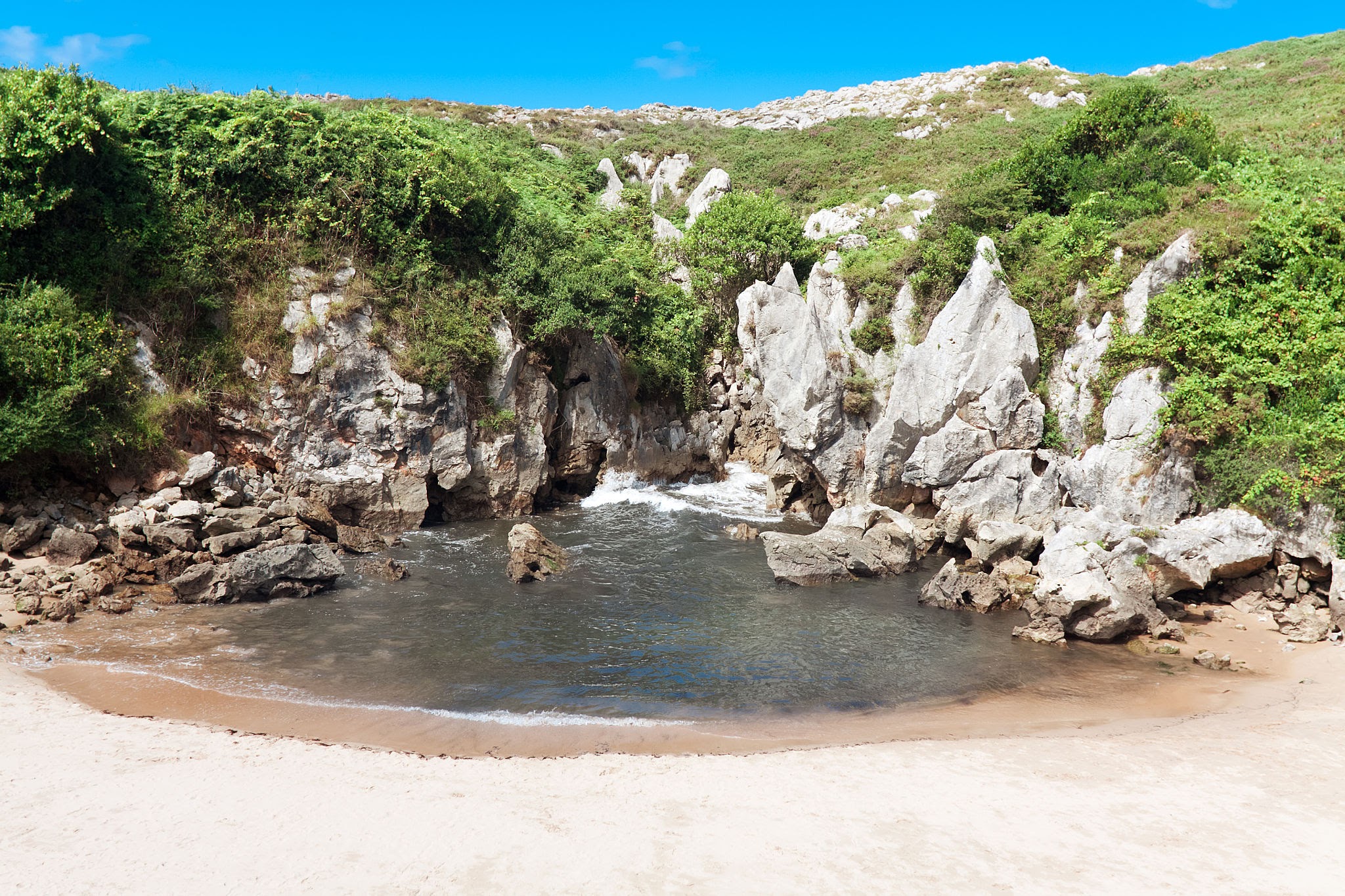
Playa de Gulpiyuri is a hidden gem located in the northern region of Asturias. This small beach is unique because it is situated inland, surrounded by green meadows. The water comes from an underground tunnel connected to the Cantabrian Sea, creating a small, natural pool with crystal-clear water. This beach is accessible only by foot and is a must-visit for nature lovers.
2. Playa de Las Catedrales, Galicia
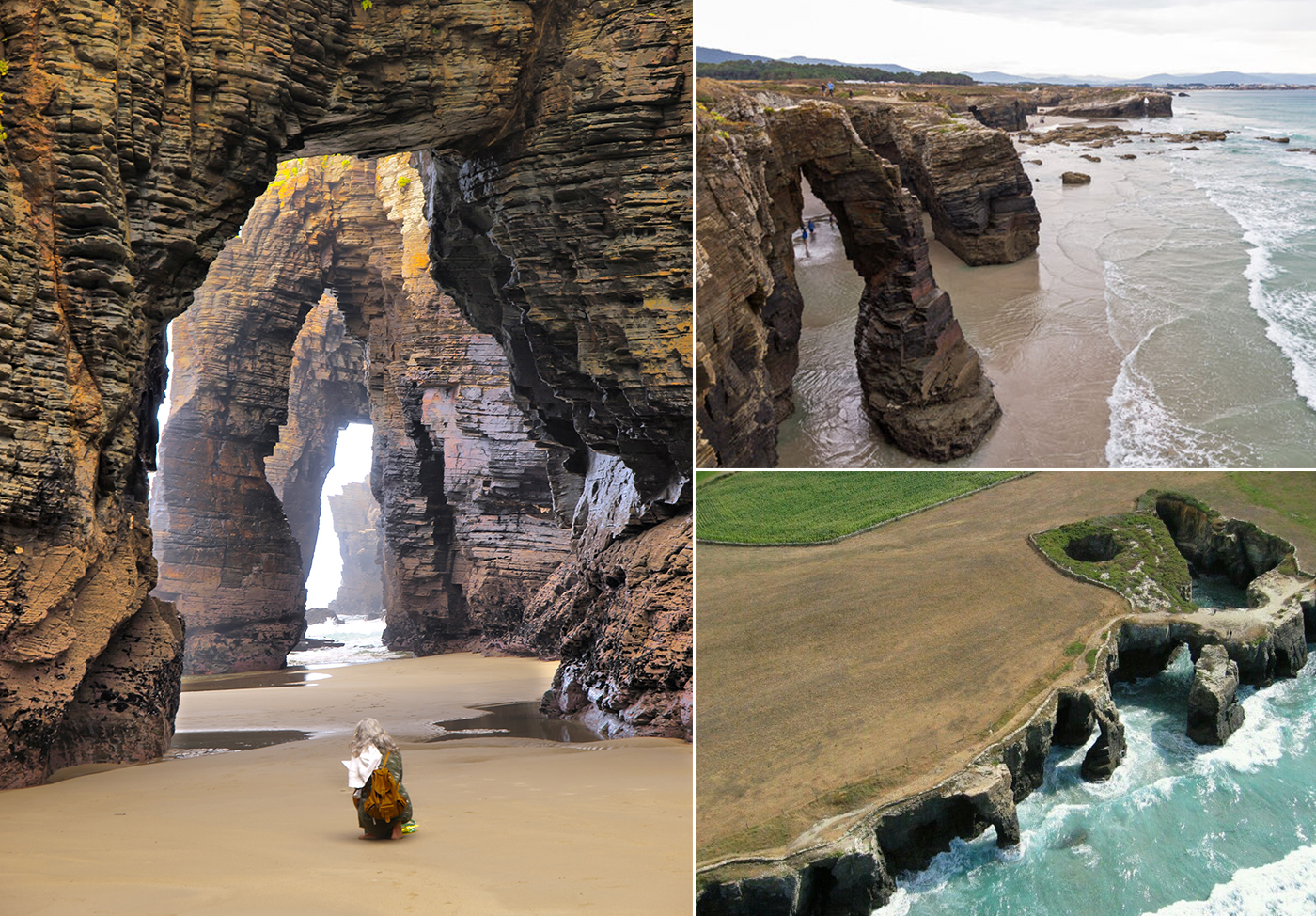
Playa de las Catedrales, or "Beach of the Cathedrals," is located in Galicia and is famous for its impressive rock formations. The natural stone arches and caves resemble the architecture of Gothic cathedrals, hence the name. This beach is best visited during low tide, when the rock formations are fully exposed and visitors can walk along the sand and explore the caves.
3. Playa de Bolonia, Andalusia
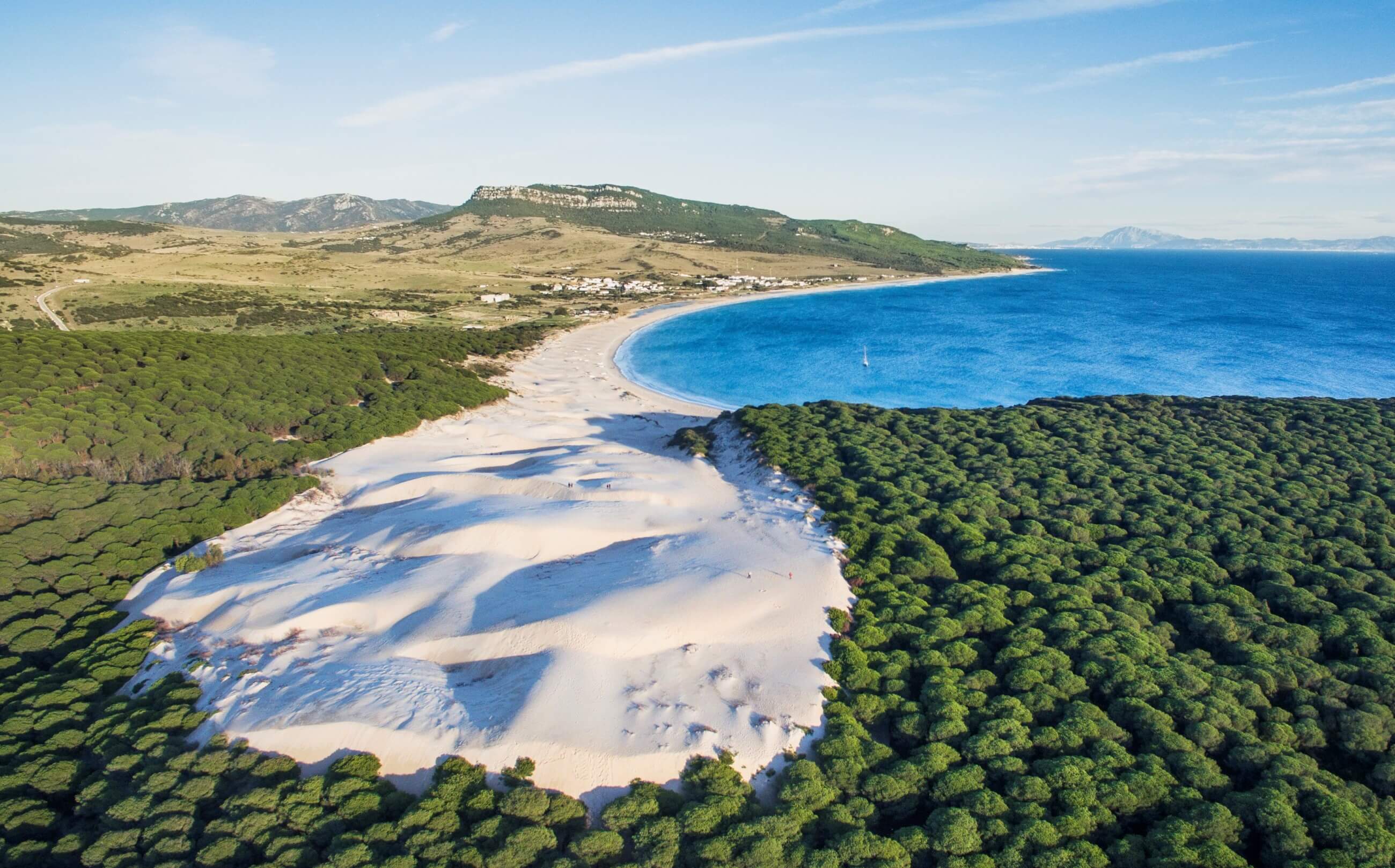
Located in the southern region of Andalusia, Playa de Bolonia is a beautiful, unspoiled beach with golden sand and crystal-clear water. What makes this beach unusual is the ancient Roman city of Baelo Claudia, which lies just a short walk away. Visitors can explore the well-preserved ruins, including a basilica, forum, and thermal baths, before relaxing on the beach.
4. Playa de La Concha, Basque Country
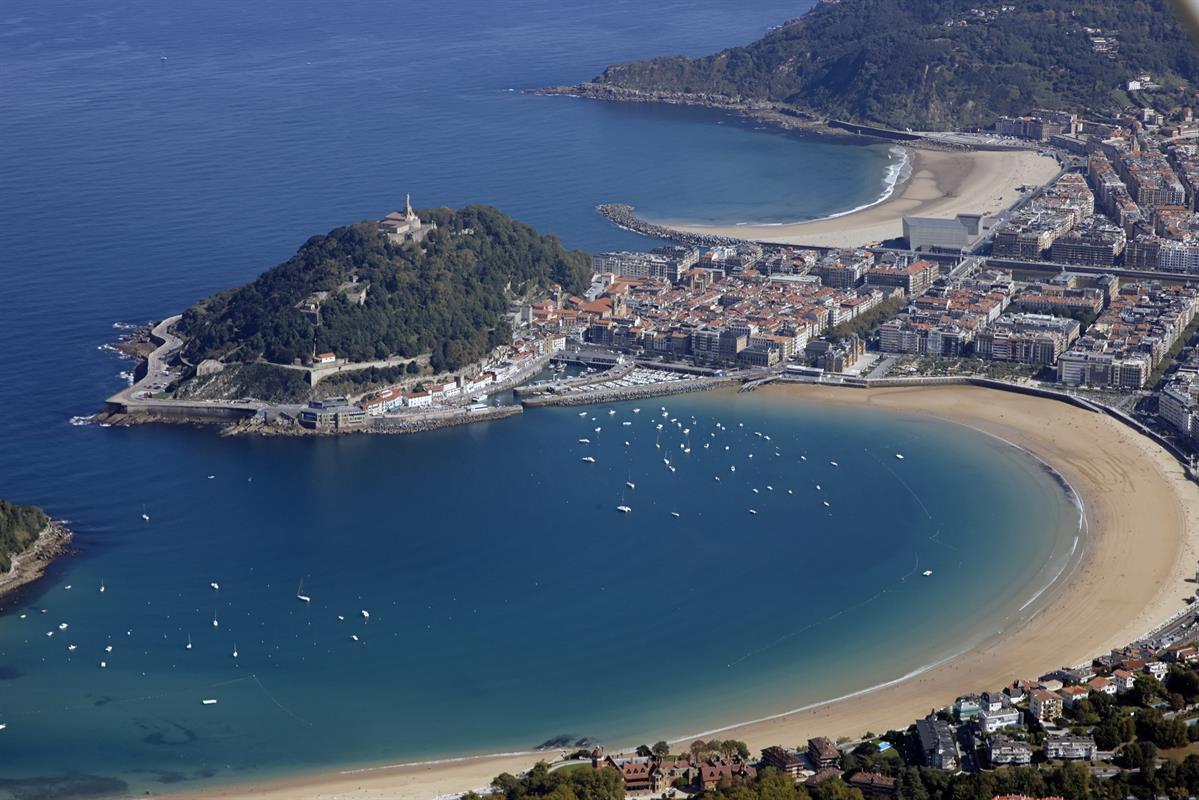
Playa de la Concha in the Basque Country is a stunning urban beach located in the city of San Sebastián. What makes this beach unusual is its beautiful setting, surrounded by lush green mountains and elegant architecture. The beach is also famous for its unique tidal swimming pool, which offers a safe and enjoyable swimming experience.
5. Cala de Enmedio, Almería
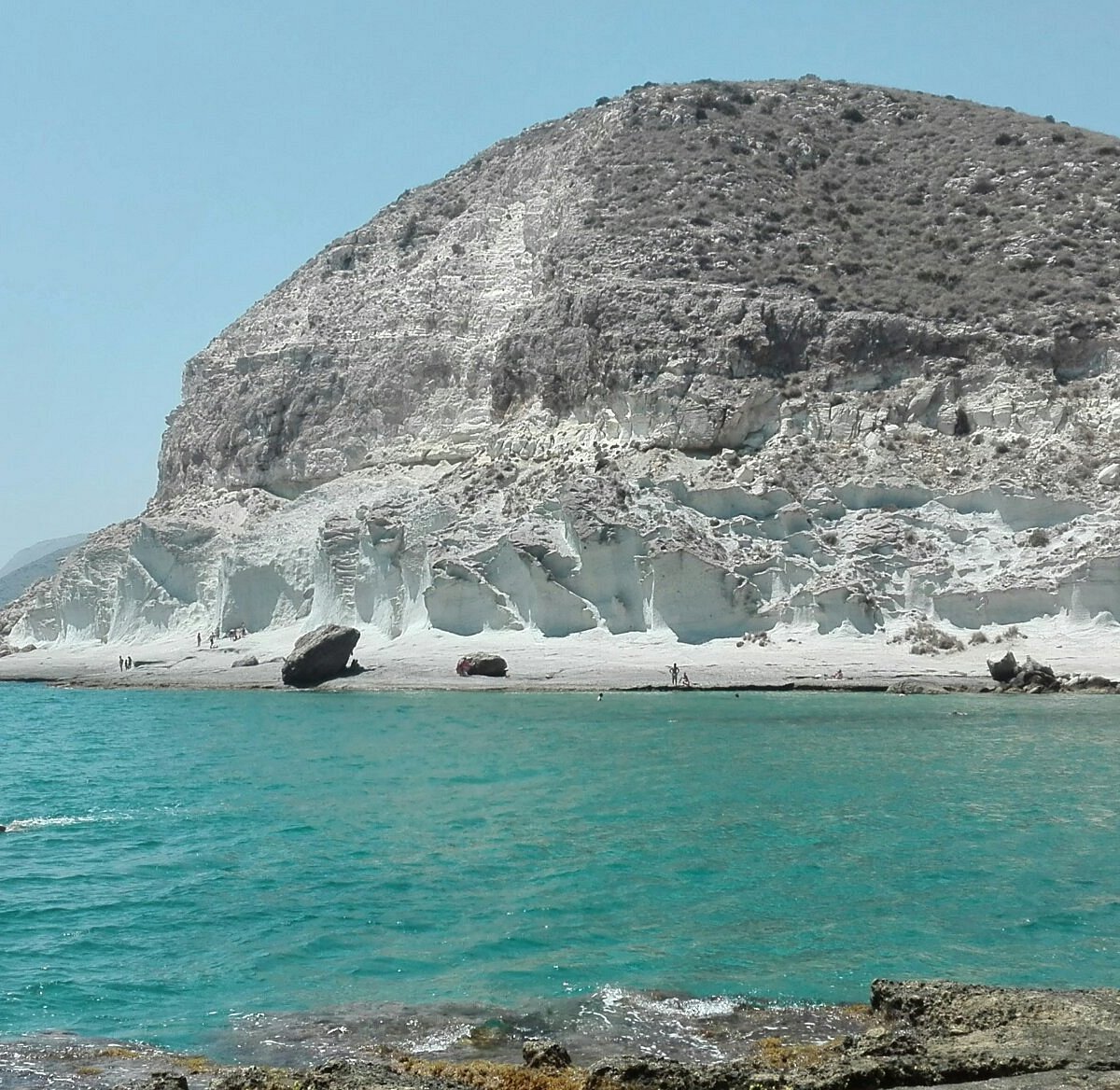
Cala de Enmedio is a secluded beach located in the Cabo de Gata-Níjar Natural Park, Almería. This stunning beach is surrounded by impressive cliffs and crystal-clear water, making it a perfect spot for snorkelling and diving. The beach is accessible only by foot or boat, ensuring a peaceful and unspoiled experience.
These unusual beaches offer a unique and unforgettable experience for visitors looking to explore Spain's lesser-known coastal gems. Whether you're interested in ancient history, stunning rock formations, or secluded natural beauty, these beaches are sure to leave a lasting impression.
 3
Like
Published at 8:21 AM Comments (0)
3
Like
Published at 8:21 AM Comments (0)
A Place to Eat in Chiclana
Friday, June 16, 2023
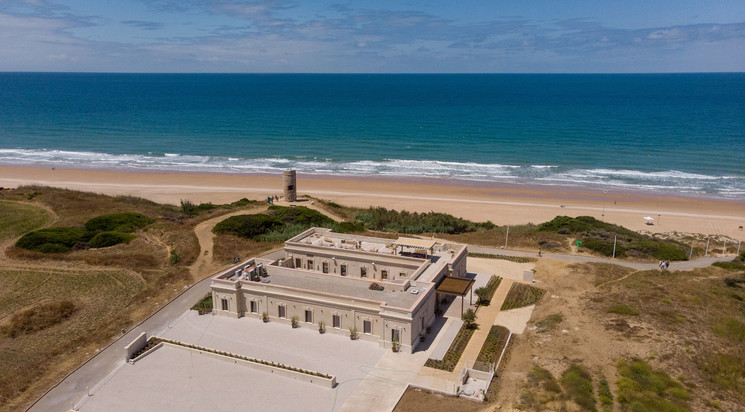
What is El Cuartel del Mar? It is a beachfront restaurant, which opened shortly before the summer of last year. This site represents the first foray into Andalusia by the Madrid-based Azotea Grupo, a gastronomic group that is also the creator of La Azotea del Círculo de Bellas Artes, Azotea Forus Barceló (in the Barceló Market), Picalagartos (NH Gran Vía Collection hotel) and Nubel ( in the Reina Sofía Museum).
This space, which has become so popular with everyone who passes through Chiclana, has an indoor restaurant, patio and roof terrace with sea views. It is located in an old barracks house of the Civil Guard, which was unoccupied for about 30 years, a 19th-century building in ruins. Do you want to know why it is so popular?
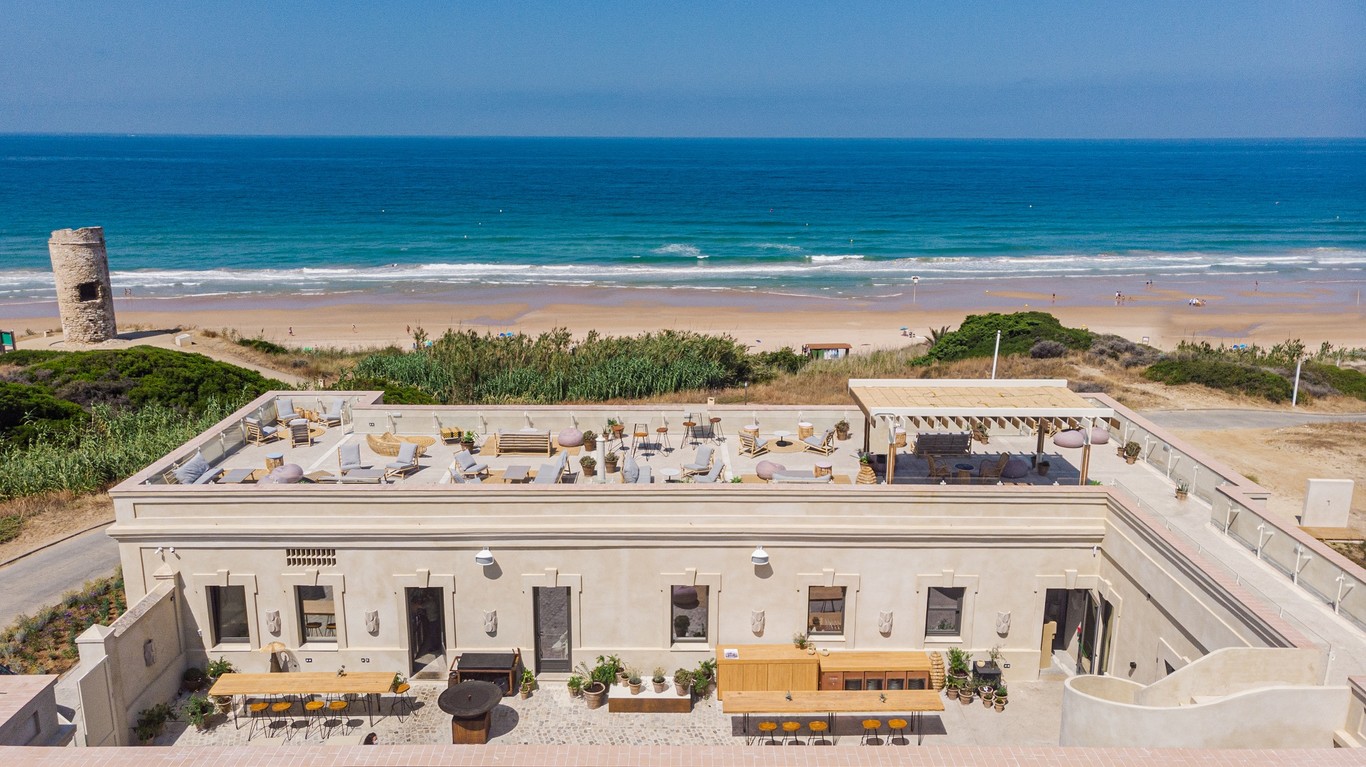
The project to create El Cuartel del Mar was a dream that the owners of Azotea Grupo, the journalist Cristina Lasvignes and her husband José Manuel García, had for a long time. The couple has been spending summers in Chiclana for years and whenever they walked through La Barrosa, they daydreamed thinking: "What if we turned it into a restaurant?" With that prime location, it wasn't a far-fetched idea.
When the opportunity arose, they didn't think twice. They were awarded a management contract until March 1, 2027, extendable for a maximum of two periods of ten years each. The concession consists of the exclusive use of the old Civil Guard barracks, located next to the Torre del Puerco.
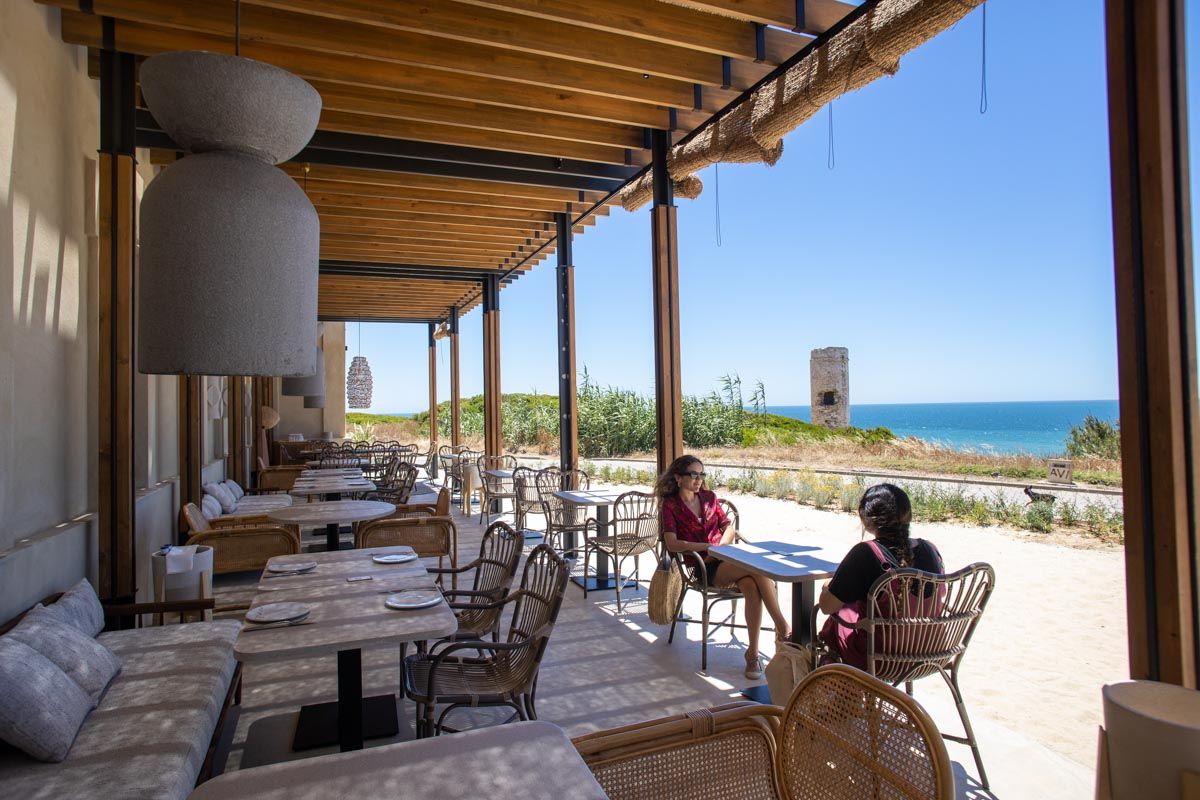
Then it was time to carry out the comprehensive rehabilitation and adaptation of the building, as well as the complementary development around the barracks. It was inaugurated shortly before the start of the summer of last year and was an immediate success. The Cuartel del Mar became an incredible surprise for the tourists who arrived in Cádiz after spending months locked up at home.
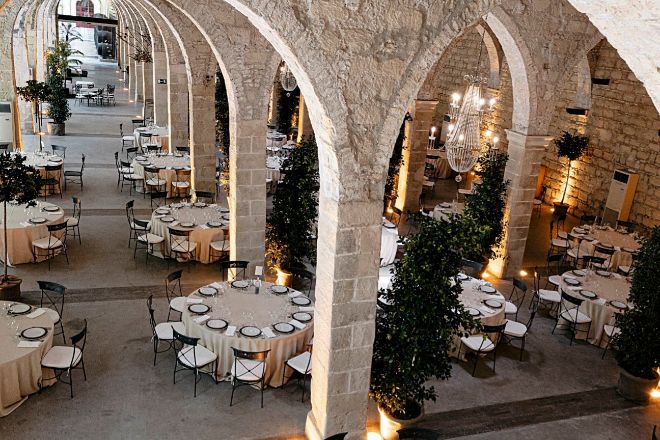
The Basque, Manuel Berganza, executive chef of the group, is responsible for the design of the menu, which is based on local produce. Due to its location, it is obvious that the sea and its products have a prominent presence in the menu of El Cuartel del Mar. The team has made a fresh menu, where the smoked touch of the grill predominates.
It is a menu designed for sharing, which seeks to create a tailor-made gastronomic experience. An important part of this menu is the almadraba tuna, as it is possible to highlight the wide range of elaborations that can be made with this product, so characteristic of the area.
As if that weren't enough, each visit to El Cuartel del Mar can begin or end with a fresh cocktail. These were designed by Luca Anastasio, a three-time World Class Diageo Spain winner and the group's director of bars and mixology. His proposal includes long and refreshing drinks, adapted to the Chiclana climate, which follow the line of supporting local products. The menu also gives importance to the wines of Chiclana and the province of Cádiz.
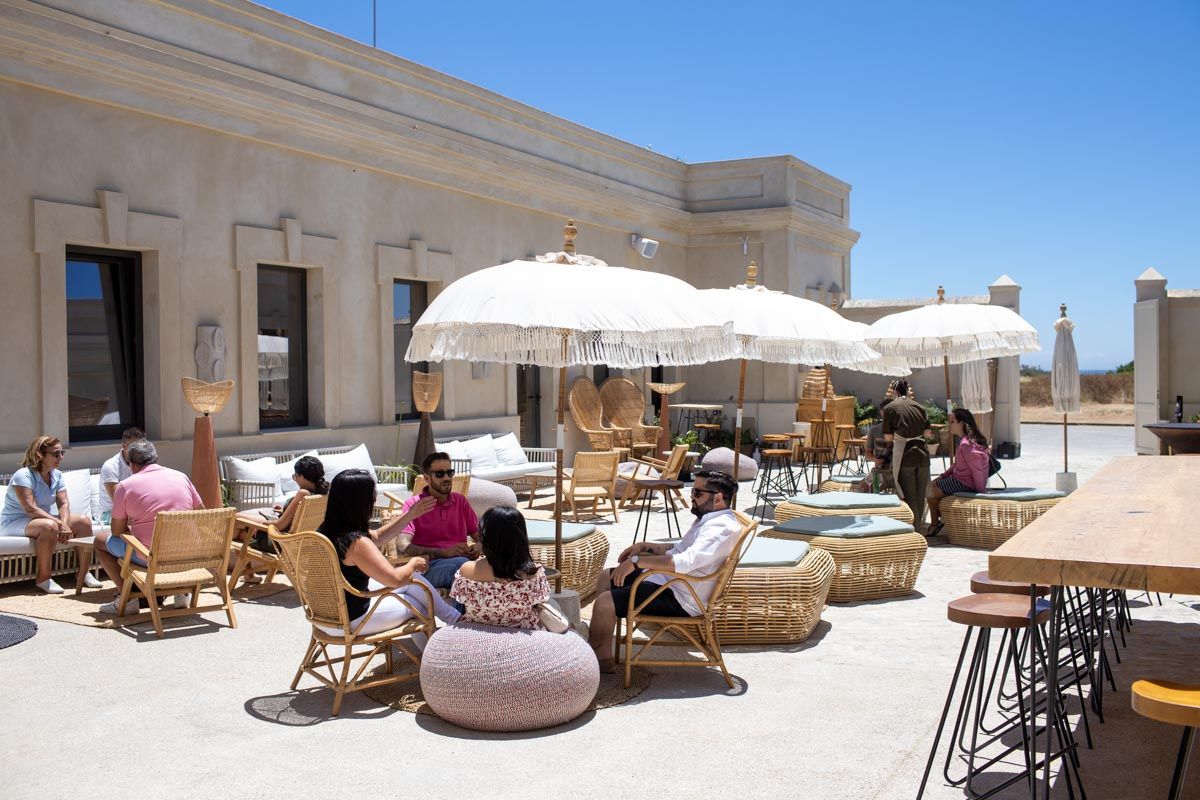
In El Cuartel del Mar, everything has a neat aesthetic sense, which enhances what has been preserved and enhances the natural and historical value of the place. The design respects the environment, through the use of local and natural materials, of traditional use.
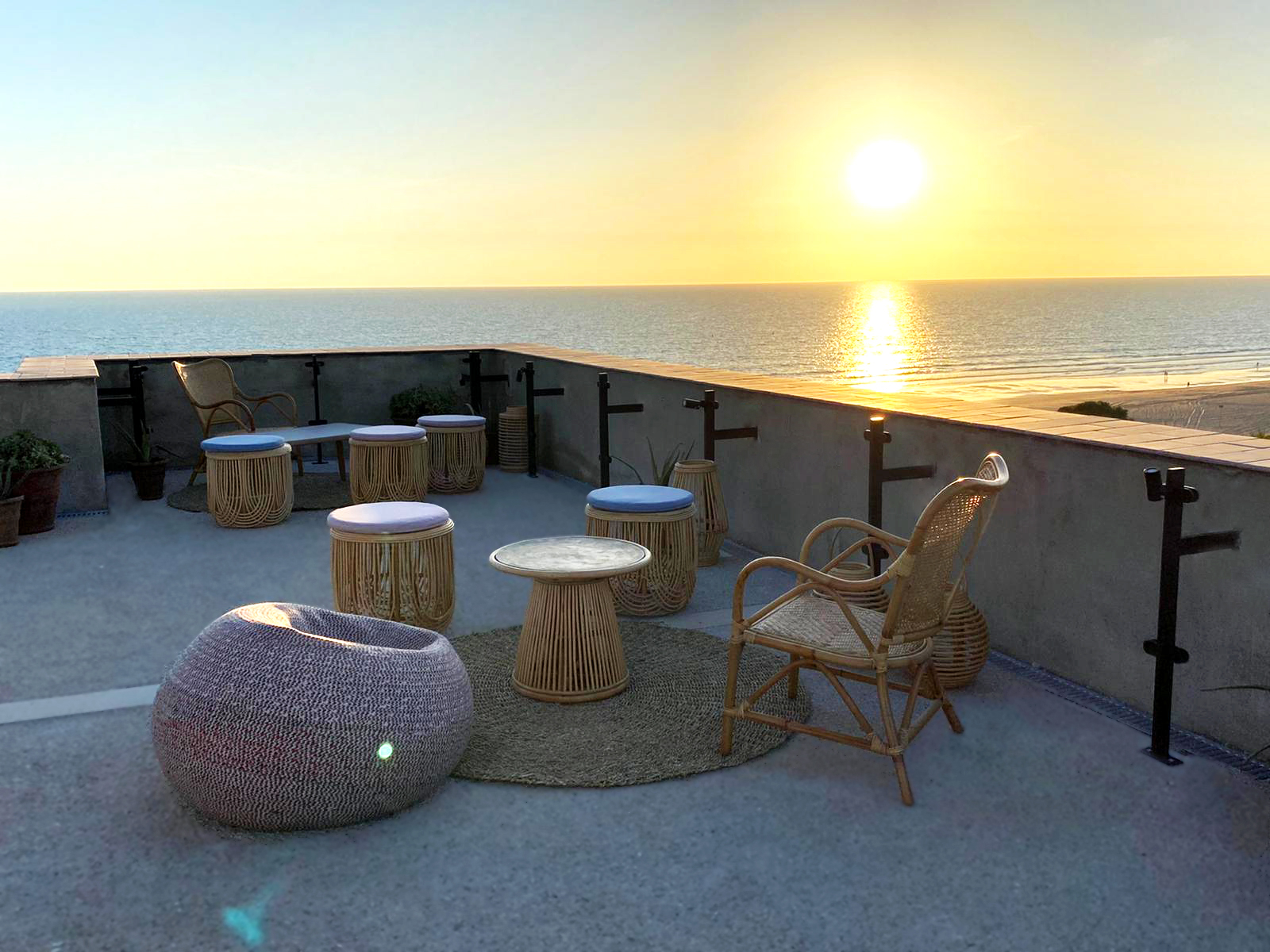
The restaurant offers an impressive roof terrace, a must-see vantage point to witness the stunning sunset.
 3
Like
Published at 9:28 PM Comments (0)
3
Like
Published at 9:28 PM Comments (0)
Corpus Christi in Spain: A Celebration of Faith and Tradition
Friday, June 9, 2023
Corpus Christi, also known as the Feast of the Body of Christ, is a significant religious event in Spain that celebrates the presence of the body and blood of Jesus Christ in the Eucharist. This Catholic feast is observed on the Thursday following Trinity Sunday, which is 60 days after Easter. With a rich history and deep cultural significance, Corpus Christi is celebrated with fervor and enthusiasm across Spain, with each region showcasing its unique customs and traditions.
While the entire country of Spain commemorates Corpus Christi, some regions are particularly renowned for their vibrant and elaborate celebrations:
Toledo


Toledo, the former capital of Spain, is famous for its magnificent Corpus Christi procession, which is considered one of the most important religious events in the country. The city's streets are adorned with intricate decorations, including carpets made of flowers and herbs, and colorful tapestries. The procession features a stunning Monstrance, a large gold and silver vessel containing the Eucharist, which is carried through the streets accompanied by religious and civil authorities.
Granada
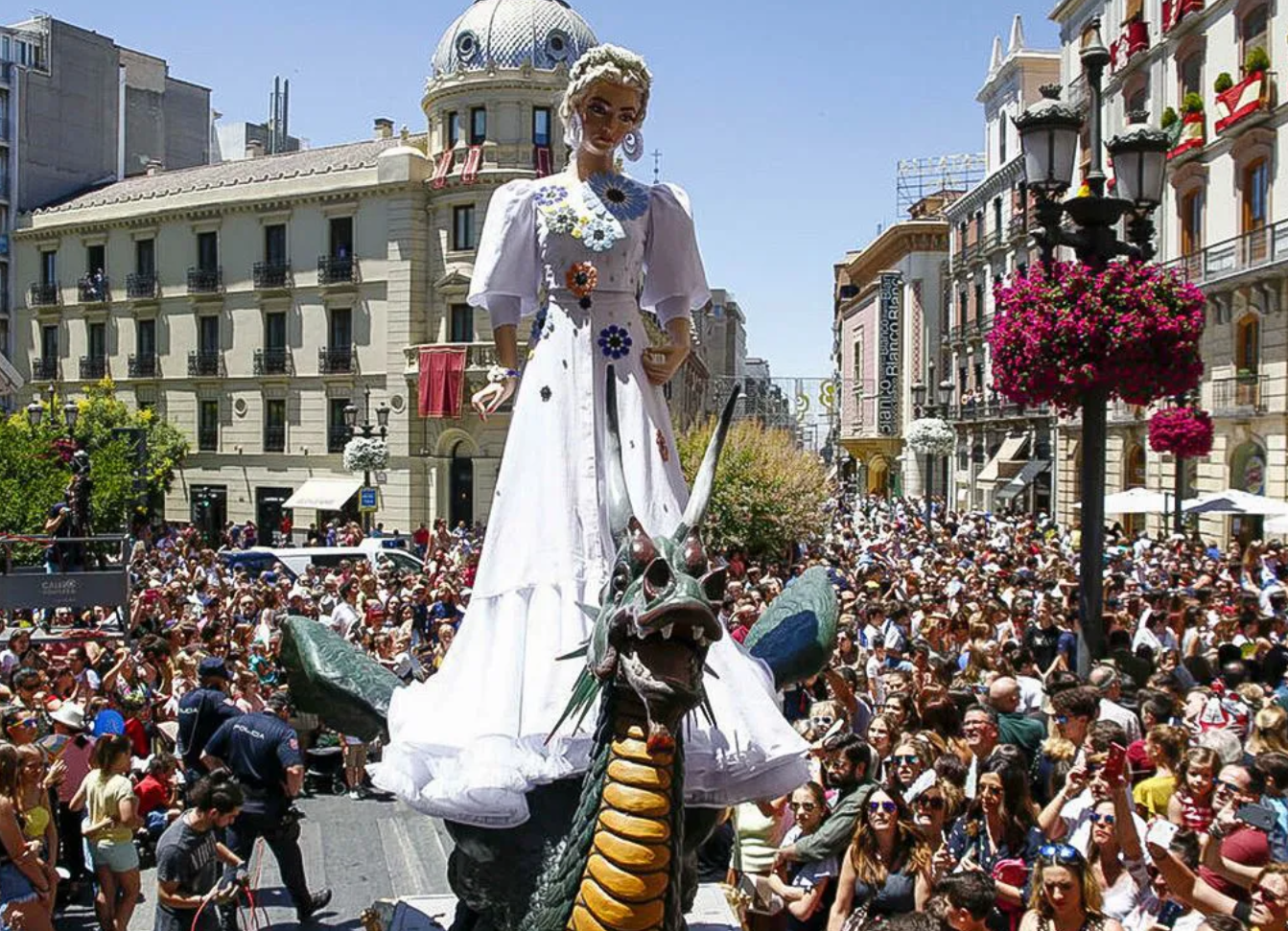
In Granada, the Corpus Christi festivities last for an entire week, transforming the city into a hub of religious and cultural activities. The celebrations include processions, bullfights, and traditional dances, culminating with the main procession that features the Custodia, an ornate silver container holding the Eucharist.
Seville
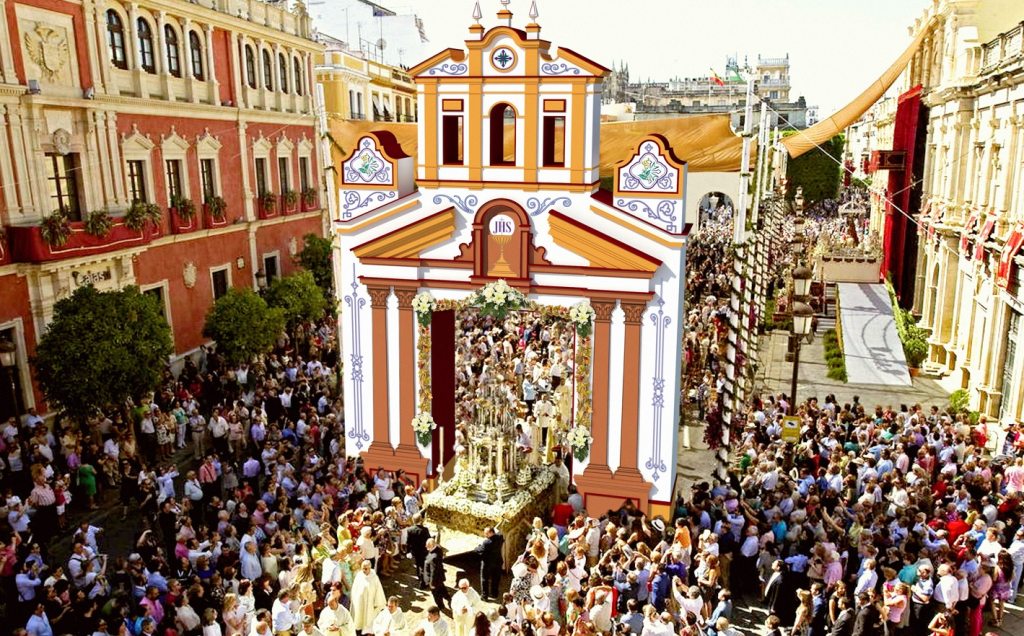
Seville's Corpus Christi celebrations are marked by a solemn and majestic procession. The city's streets are lined with flowers, and altars adorned with candles and religious images are set up along the procession route. The event is also an opportunity for the city's various brotherhoods to display their sacred relics and statues.
Sitges
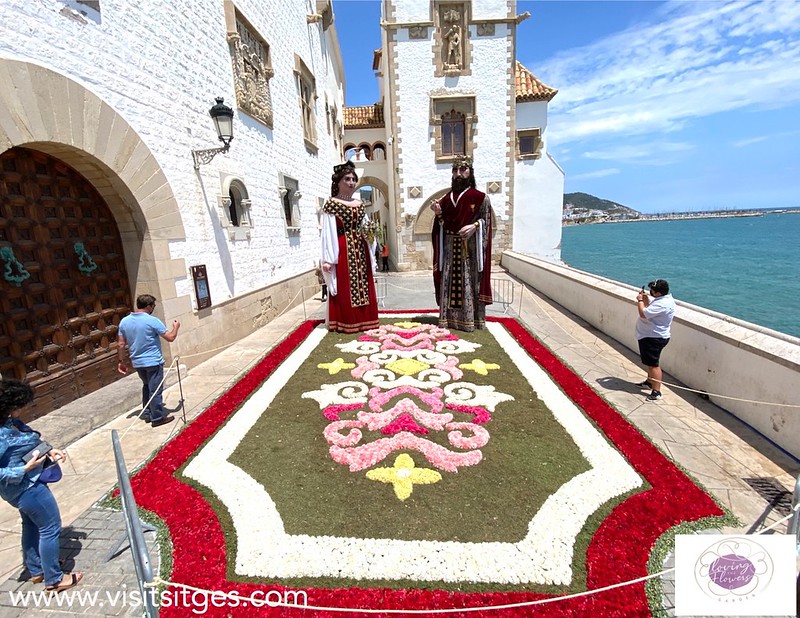
Sitges, a charming coastal town near Barcelona, celebrates Corpus Christi with a unique and picturesque tradition. The town's narrow streets are transformed into vibrant carpets of flowers, with intricate designs and patterns created using petals, leaves, and seeds. This beautiful spectacle attracts numerous visitors who come to admire the artistic creations and participate in the various events and activities organized throughout the week.
Local Traditions Involved in Corpus Christi
Corpus Christi celebrations in Spain are characterized by a blend of religious devotion and local customs, with each region adding its unique touch to the festivities.
-
Processions: The most common tradition associated with Corpus Christi is the procession, during which the Eucharist is carried through the streets, accompanied by religious and civil authorities, brotherhoods, and local residents. These processions often feature elaborate floats, religious statues, and beautiful floral decorations.
-
Floral Carpets: In many regions, the streets are transformed into stunning carpets of flowers, with intricate designs and patterns created using petals, leaves, and seeds. This tradition is particularly prominent in Sitges and Toledo.
-
Dancing and Music: Traditional dances and music are an integral part of Corpus Christi celebrations in many regions. These performances often have religious themes and are accompanied by local musicians playing traditional instruments.
-
Bullfights: In some regions, like Granada, bullfights are organized as part of the Corpus Christi festivities, showcasing the country's rich cultural heritage and adding a touch of excitement to the celebrations.
-
Fairs and Markets: Many towns and cities set up fairs and markets during Corpus Christi, offering local food, crafts, and entertainment. These events provide a lively atmosphere and an opportunity for residents and visitors to come together and enjoy the festivities.
Corpus Christi is a deeply significant religious event in Spain that showcases the country's devotion to its faith and its rich cultural heritage. With each region offering its unique customs and traditions, the celebrations are a testament to the diversity and unity that characterizes this beautiful nation.
 0
Like
Published at 8:51 PM Comments (0)
0
Like
Published at 8:51 PM Comments (0)
The Pink Lakes of Torrevieja
Friday, June 2, 2023
Two colourful salt lakes flank the northwestern edge of the seaside city of Torrevieja on Spain’s Costa Blanca. Together, they form a nature reserve called Las Salinas de Torrevieja. One lake, in particular, stands out, as its eye-catching 'bubblegum' pink colour overshadows its green-tinted neighbour.
The sight is caused by the work of bacteria and algae. Halobacterium (also known as “salt bacterium”) thrives in salty places, as does a micro-algae called Dunaliella salina. These are the two magical ingredients that concoct the lake’s bizarre pinky hue. Despite its funky colour, the water is perfectly fine, though it can get rather smelly.
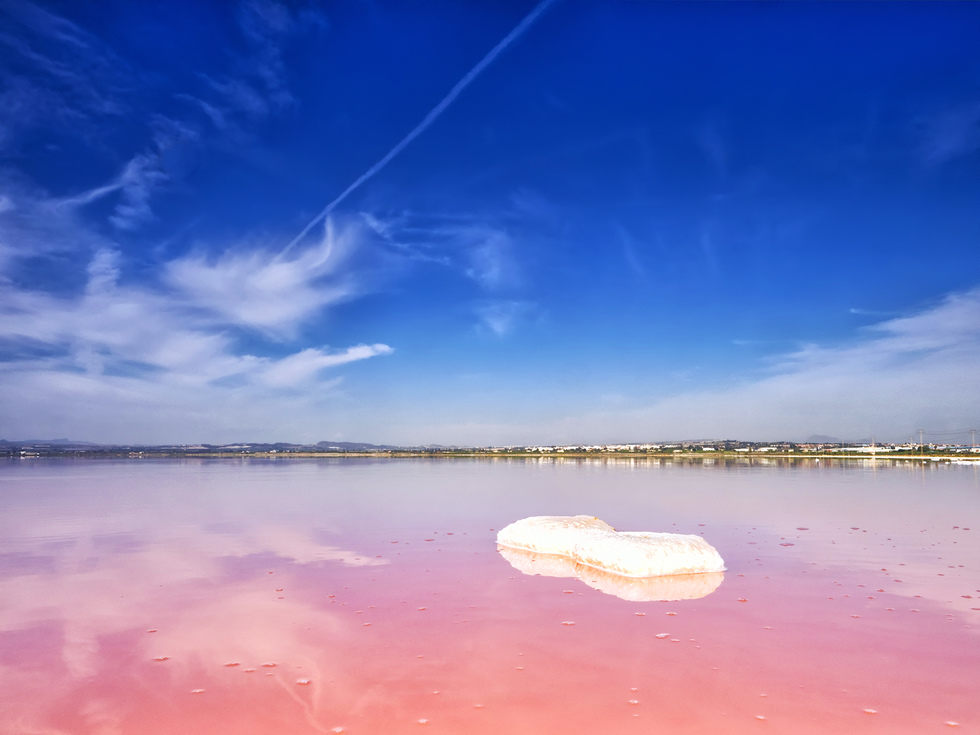
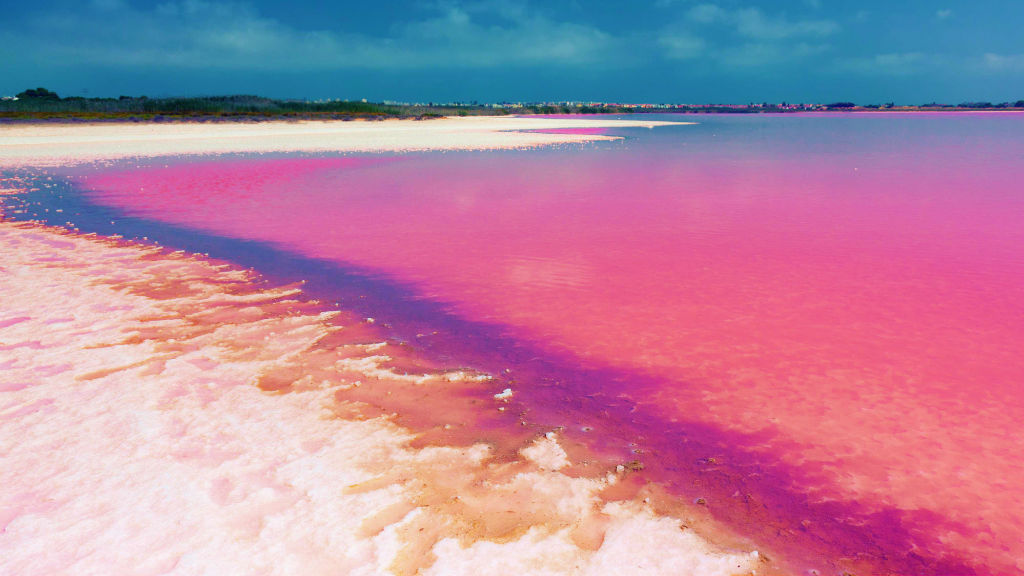
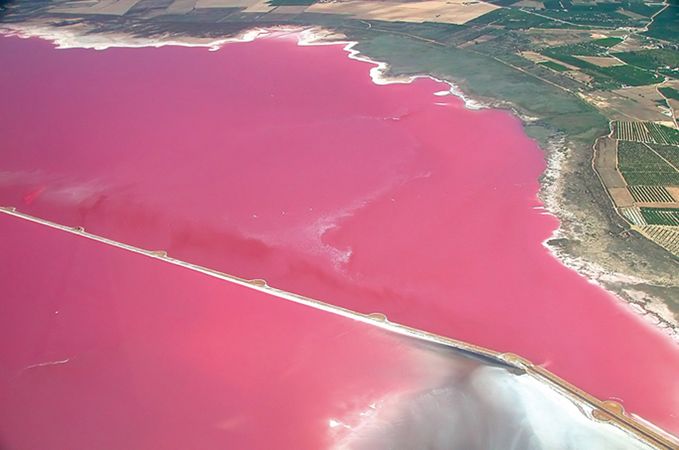
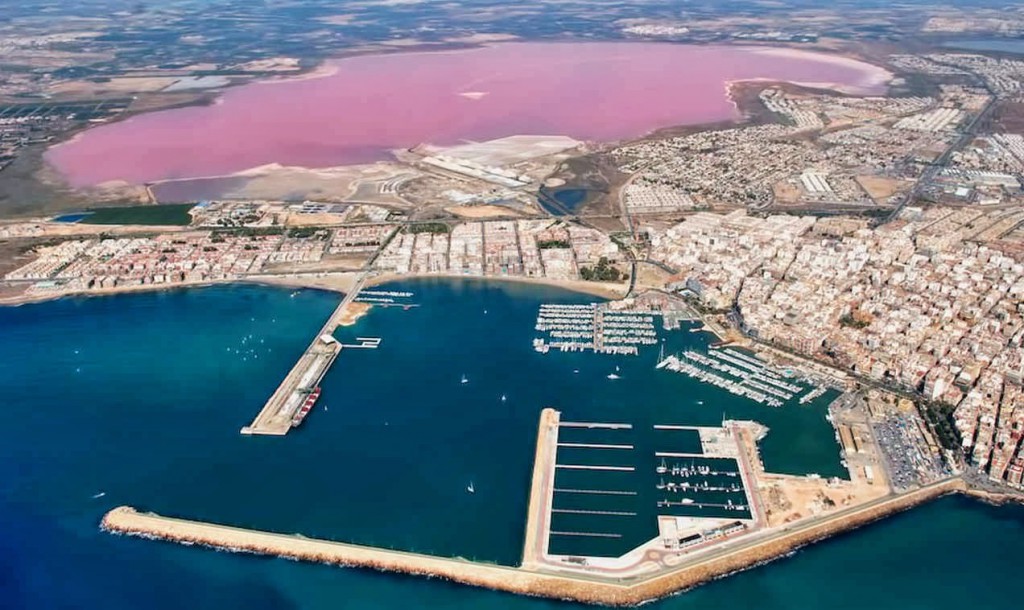
Torrevieja relies on its salt lakes. People have been collecting the mineral from the waters for centuries. In the early 19th century, they officially became a hub for Spain’s salt industry. In addition to boosting the city’s economy, the lakes also act as a natural spa. Supposedly, the sludge of mud and salt at the bottom have healing properties that can relieve common skin and respiratory ailments. The water’s high salt concentration makes it a fun place to relax and enjoy floating around with ease.
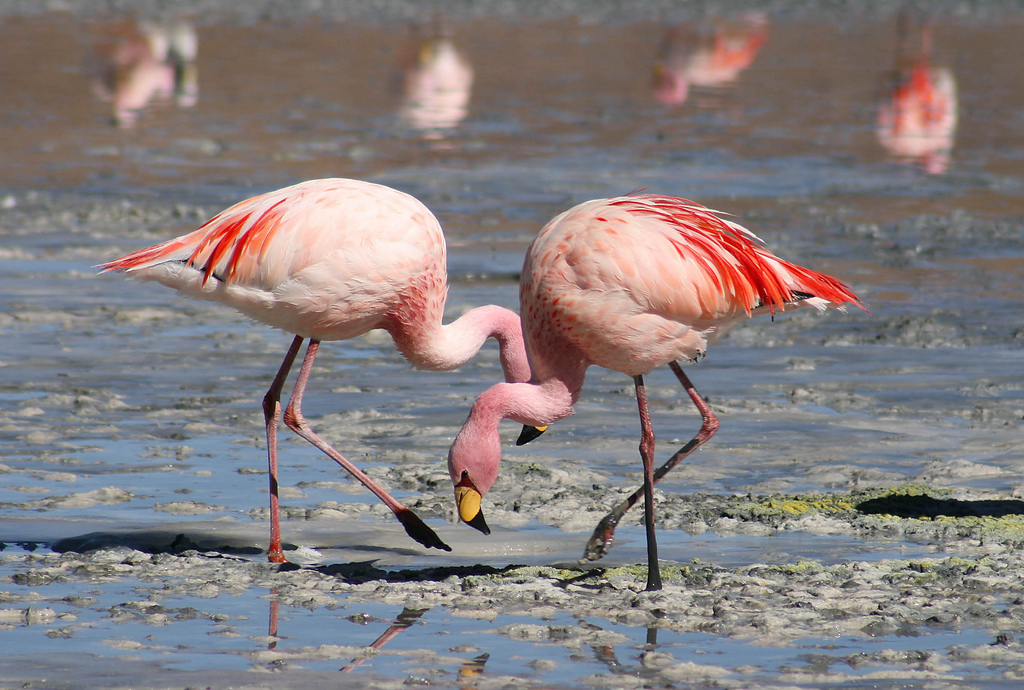
Flamingos, much like the local people, also frequent the pink lake. Feasting upon the algae-filled shrimp that live there giving their feathers that characteristic rosy tint that almost matches the water.
[Contributed by Jane McGregor - Torrevieja]
 2
Like
Published at 9:35 PM Comments (0)
2
Like
Published at 9:35 PM Comments (0)
Spam post or Abuse? Please let us know
|
|